Home>Gardening & Outdoor>Landscaping Ideas>How To Re-Grass A Yard
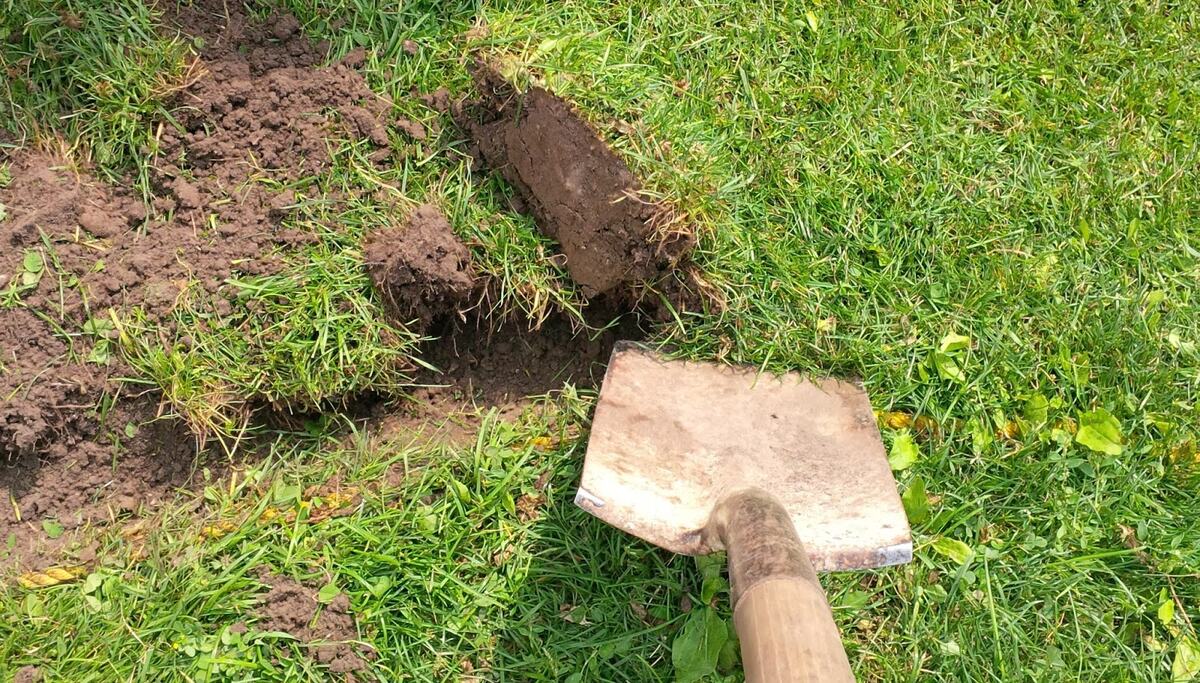

Landscaping Ideas
How To Re-Grass A Yard
Modified: February 18, 2024
Learn effective landscaping ideas for re-grassing your yard and transforming your outdoor space. Discover step-by-step tips and techniques for a lush and vibrant lawn.
(Many of the links in this article redirect to a specific reviewed product. Your purchase of these products through affiliate links helps to generate commission for Storables.com, at no extra cost. Learn more)
**
Introduction
**
Reviving a lackluster lawn can breathe new life into your outdoor space, transforming it into a lush, vibrant oasis. Whether your yard has succumbed to wear and tear, pesky weeds, or patchy grass, re-grassing is a rejuvenating solution. The process involves carefully assessing the condition of your yard, selecting the appropriate grass seed, preparing the soil, and nurturing the new grass to ensure its healthy growth. With the right approach, you can enjoy a revitalized lawn that enhances the beauty and functionality of your outdoor environment.
Re-grassing a yard is not just about aesthetics; it also contributes to the overall well-being of your property. A healthy lawn provides a safe and inviting space for recreational activities, such as picnics, sports, and relaxation. Moreover, a well-maintained lawn can elevate the curb appeal of your home, making it more welcoming and attractive.
In this comprehensive guide, we will delve into the essential steps for re-grassing a yard, providing valuable insights into each stage of the process. From evaluating the current state of your lawn to nurturing the newly planted grass, we will cover everything you need to know to achieve a thriving and verdant lawn. Whether you are a seasoned gardener or a novice enthusiast, this guide will equip you with the knowledge and confidence to embark on this rewarding endeavor.
So, roll up your sleeves, put on your gardening gloves, and let's embark on the journey to transform your yard into a stunning, green paradise. With the right strategies and a touch of dedication, you can revitalize your outdoor space and create a picturesque setting for relaxation, recreation, and natural beauty.
Key Takeaways:
- Assessing your yard’s condition and choosing the right grass seed are crucial for a successful re-grassing project. Consider factors like soil quality, climate, and intended use to create a thriving, beautiful lawn.
- Proper soil preparation, strategic planting, and attentive care are essential for nurturing new grass. By maintaining a proactive approach to lawn care, you can sustain a lush, resilient yard that enhances your outdoor space.
Read more: How To Restore Grass In Yard
Assessing the Condition of Your Yard
Before embarking on the re-grassing journey, it’s crucial to assess the current state of your yard. This initial step sets the stage for the subsequent actions and allows you to tailor your approach based on the specific needs of your lawn.
Start by observing the existing grass, taking note of any bald patches, weed infestations, or signs of disease. Consider the overall color and texture of the grass; a healthy lawn should boast a consistent green hue and a dense, uniform growth pattern. Additionally, evaluate the soil quality, drainage, and exposure to sunlight. These factors play a pivotal role in determining the success of your re-grassing efforts.
Conduct a thorough soil test to assess its pH levels and nutrient composition. You can utilize DIY soil testing kits or seek professional assistance to obtain comprehensive insights. Understanding the soil’s characteristics will guide you in selecting the most suitable grass seed and formulating a targeted soil preparation plan.
Furthermore, identify any underlying issues that may have contributed to the deterioration of your lawn. Compacted soil, inadequate irrigation, and improper mowing practices can all impact the health of your grass. By pinpointing these factors, you can address them concurrently with the re-grassing process, ensuring a conducive environment for the new grass to thrive.
Take into account the local climate and environmental conditions when assessing your yard. Different grass species thrive in specific climates, so it’s essential to choose a seed variety that aligns with the prevailing weather patterns in your area. Factors such as temperature fluctuations, rainfall levels, and seasonal variations should inform your decision when selecting the appropriate grass seed.
By meticulously evaluating the condition of your yard, you lay the groundwork for a targeted and effective re-grassing strategy. This proactive approach empowers you to address existing challenges and create an optimal environment for nurturing healthy, resilient grass that will enhance the beauty and functionality of your outdoor space.
Choosing the Right Grass Seed
When it comes to re-grassing your yard, selecting the appropriate grass seed is a pivotal decision that significantly influences the outcome of your efforts. The ideal grass seed should align with your local climate, soil conditions, and specific preferences regarding the appearance and functionality of your lawn.
Begin by researching the various grass species and cultivars that thrive in your region. Cool-season grasses, such as Kentucky bluegrass and fescue, flourish in northern climates, while warm-season varieties like Bermuda grass and Zoysia grass are better suited to southern regions. Understanding the climatic preferences of different grass species will enable you to make an informed choice that ensures the long-term success of your re-grassing project.
Consider the intended use of your lawn when selecting a grass seed. If you prioritize durability and resilience for high-traffic areas, opt for robust grass varieties that can withstand frequent footfall and recreational activities. Alternatively, if your primary focus is on achieving a lush, ornamental lawn, prioritize aesthetics and opt for grass species renowned for their visual appeal and soft texture.
Assess the sunlight exposure and shade patterns in your yard to determine the appropriate grass species. Some varieties thrive in full sun, while others exhibit better shade tolerance. By aligning the grass seed selection with the specific light conditions in your yard, you can ensure that the newly planted grass receives the optimal environment for growth.
Furthermore, consider the maintenance requirements of different grass species. Some varieties necessitate regular mowing, fertilization, and irrigation, while others are more low-maintenance. By choosing a grass seed that aligns with your desired level of lawn care commitment, you can cultivate a thriving lawn that complements your lifestyle and preferences.
Consult with local landscaping professionals or garden centers to gather insights and recommendations regarding the most suitable grass seed for your yard. They can provide valuable guidance based on their knowledge of local conditions and the performance of different grass varieties in your area.
By thoughtfully selecting the right grass seed, you set the stage for a successful re-grassing endeavor, ensuring that your new lawn flourishes in harmony with the local environment and your specific preferences. This strategic decision forms the cornerstone of your efforts to rejuvenate your yard and create a captivating outdoor space that enhances your lifestyle and the visual appeal of your property.
Preparing the Soil
Optimal soil preparation is a fundamental aspect of re-grassing a yard, laying the groundwork for the successful establishment and sustained growth of new grass. By attending to the soil’s composition, structure, and nutrient levels, you create a nurturing environment that facilitates robust root development and overall lawn health.
Commence the soil preparation process by aerating the existing lawn. Aeration involves perforating the soil with small holes to alleviate compaction and enhance air, water, and nutrient penetration. This promotes root growth and improves the soil’s ability to support healthy grass development. For compacted soil, consider utilizing a core aerator to extract plugs of soil, effectively loosening the ground and fostering an optimal growing environment for the new grass.
Conduct a thorough soil test to assess its pH levels and nutrient content. Based on the test results, amend the soil as needed to optimize its composition for grass growth. Adding organic matter, such as compost or well-rotted manure, can enhance the soil’s structure and fertility, providing an ideal foundation for the new grass to thrive. Additionally, adjust the pH levels by incorporating lime to raise acidity or elemental sulfur to lower it, ensuring that the soil’s pH aligns with the preferred range for the selected grass species.
Remove any debris, rocks, or weeds from the soil surface to create a clean, uniform substrate for planting the grass seed. Clearing the area of obstacles minimizes competition for resources and provides the newly planted grass with a clear path for unhindered growth.
Utilize a high-quality starter fertilizer specifically formulated for new grass establishment. This specialized fertilizer provides essential nutrients that support root development and overall plant vigor, giving the newly planted grass a vital boost during its initial growth phase.
Rake the soil to create a level surface, ensuring that it is smooth and free of lumps or irregularities. This preparatory step optimizes seed-to-soil contact, maximizing the germination potential and fostering uniform grass growth across the re-grassed area.
By meticulously preparing the soil, you create an optimal foundation for the successful establishment of new grass, setting the stage for a thriving and resilient lawn. This proactive approach lays the groundwork for healthy grass growth, ensuring that your re-grassing efforts yield a lush, vibrant lawn that enhances the beauty and functionality of your outdoor space.
Before re-grassing a yard, make sure to remove any existing grass and weeds, loosen the soil, add compost or topsoil, and choose the right type of grass for your climate and soil. Water regularly to help the new grass establish.
Planting the Grass Seed
As you embark on the exciting phase of planting new grass seed, meticulous attention to detail and adherence to best practices are essential for fostering robust and uniform grass growth. By employing strategic techniques and nurturing the seeds during their critical germination and establishment stages, you can lay the groundwork for a verdant and resilient lawn.
Commence the planting process by carefully selecting a high-quality grass seed that aligns with your yard’s specific requirements, including climate, sunlight exposure, and anticipated lawn use. Opt for certified, premium-grade seed varieties to ensure superior germination rates and the development of healthy, vigorous grass.
Distribute the grass seed evenly across the prepared soil surface, aiming for comprehensive coverage that minimizes bare spots and promotes uniform growth. Utilize a broadcast spreader or a handheld seeder to achieve consistent seed distribution, maximizing the potential for lush and dense grass development.
After spreading the grass seed, gently rake the soil to cover the seeds with a thin layer of soil, ensuring that they are adequately nestled into the prepared substrate. This protective layer promotes seed-to-soil contact, facilitates moisture retention, and shields the seeds from potential disturbances, optimizing the conditions for successful germination.
Water the newly planted grass seed with a light, consistent spray to provide ample moisture for germination without causing soil displacement or seed displacement. Maintain a diligent watering schedule, ensuring that the soil remains consistently moist but not waterlogged during the critical germination period. Adequate moisture is essential for initiating seed sprouting and supporting the early stages of grass development.
Protect the newly planted grass seed from birds, pests, and excessive foot traffic during the germination phase. Consider utilizing biodegradable straw or specialized erosion control blankets to safeguard the seeds and promote a conducive environment for their growth. These protective measures minimize the risk of seed disturbance and enhance the likelihood of successful germination and establishment.
Monitor the re-grassed area closely, observing the emergence of seedlings and adjusting the watering regimen as needed to sustain optimal soil moisture levels. As the grass seedlings develop, gradually transition to a regular watering schedule that promotes deep root growth and overall lawn resilience.
By meticulously tending to the planting process, you provide the new grass seed with the best possible conditions for successful germination and establishment. This attentive approach sets the stage for the development of a lush, vibrant lawn that enhances the visual appeal and functionality of your outdoor space, culminating in a rewarding transformation of your yard.
Read more: How To Flatten Grass Yard
Watering and Caring for New Grass
After planting the grass seed, diligent and attentive care is essential to nurture the newly emerging seedlings and facilitate their robust growth. Watering, in particular, plays a pivotal role in providing the essential moisture that sustains the young grass and fosters its development into a thriving, verdant lawn.
Initiate a consistent watering regimen to maintain optimal soil moisture levels for the newly planted grass. During the initial phase, ensure that the soil remains consistently moist but not waterlogged. Light, frequent watering sessions are recommended to support the seedlings’ establishment without creating excessive moisture that could impede root development or promote fungal issues.
Monitor the re-grassed area closely, adjusting the watering schedule based on prevailing weather conditions and the moisture retention capacity of the soil. Factors such as temperature, humidity, and rainfall influence the frequency and duration of watering sessions, necessitating flexibility in your approach to ensure that the grass receives the appropriate level of moisture for sustained growth.
As the grass seedlings mature, gradually transition to a deeper and less frequent watering schedule. This encourages the development of robust root systems that extend deeper into the soil, enhancing the grass’s resilience and drought tolerance. Deep watering sessions promote stronger, more resilient grass that is better equipped to withstand environmental stressors and maintain its lush, vibrant appearance.
Be mindful of the signs of overwatering or underwatering, adjusting your watering practices accordingly. Overly saturated soil, standing water, or signs of fungal growth indicate excessive moisture, necessitating a reduction in watering frequency. Conversely, wilting, yellowing, or stunted growth may signal insufficient moisture, prompting an adjustment to ensure that the grass receives the necessary hydration for optimal development.
Implement a proactive approach to lawn care, addressing potential issues such as weed encroachment, nutrient deficiencies, and pest infestations. Regularly inspect the re-grassed area, promptly addressing any emerging challenges to sustain the health and vibrancy of the developing lawn. Utilize targeted weed control measures, apply appropriate fertilizers, and monitor for signs of pests to safeguard the new grass and promote its vigorous growth.
By conscientiously tending to the watering and care of the new grass, you provide the essential support needed for the development of a lush, resilient lawn. This dedicated approach nurtures the emerging grass, fostering its transformation into a vibrant and verdant expanse that enhances the beauty and functionality of your outdoor space.
Maintaining a Healthy Lawn
Once your new grass has established itself and flourished, ongoing maintenance is crucial to sustain its health, vibrancy, and resilience. By implementing a proactive and attentive approach to lawn care, you can ensure that your revitalized yard remains a picturesque and inviting outdoor haven.
Regular mowing is a cornerstone of lawn maintenance, promoting a tidy appearance and stimulating healthy grass growth. Adjust your mower to an appropriate height that aligns with the recommended mowing height for your grass species, ensuring that you do not remove more than one-third of the grass blade length in a single mowing session. Consistent mowing encourages dense, lush growth and minimizes stress on the grass, contributing to its overall vigor and attractiveness.
Fertilize your lawn according to a well-informed schedule that considers the specific needs of your grass species and the prevailing soil conditions. Utilize high-quality, balanced fertilizers that provide essential nutrients to support robust grass growth and resilience. Implement aeration and dethatching as needed to alleviate soil compaction and promote optimal air, water, and nutrient penetration, fostering a healthy and thriving lawn.
Monitor the lawn for signs of pests, diseases, or weed encroachment, promptly addressing any issues that arise to prevent their escalation and minimize their impact on the grass. Implement targeted pest control measures, such as natural predators or environmentally friendly treatments, to safeguard the lawn without compromising its health or the surrounding ecosystem.
A diligent approach to irrigation is essential for sustaining the health and beauty of your lawn. Water the grass deeply and infrequently, encouraging the development of robust root systems that enhance the grass’s resilience and drought tolerance. Adjust your watering schedule based on seasonal variations and prevailing weather conditions, ensuring that the grass receives the appropriate level of moisture for sustained growth and vitality.
Regularly inspect the lawn for signs of wear, compaction, or uneven growth, addressing these issues through overseeding, topdressing, or targeted soil amendments. By proactively maintaining the lawn’s health and appearance, you can preserve its lush, vibrant character and create an inviting outdoor space for relaxation, recreation, and natural beauty.
By embracing a comprehensive and attentive approach to lawn maintenance, you can ensure that your revitalized yard remains a source of pride and enjoyment, enriching your outdoor environment and enhancing the aesthetic and functional appeal of your property.
Frequently Asked Questions about How To Re-Grass A Yard
Was this page helpful?
At Storables.com, we guarantee accurate and reliable information. Our content, validated by Expert Board Contributors, is crafted following stringent Editorial Policies. We're committed to providing you with well-researched, expert-backed insights for all your informational needs.


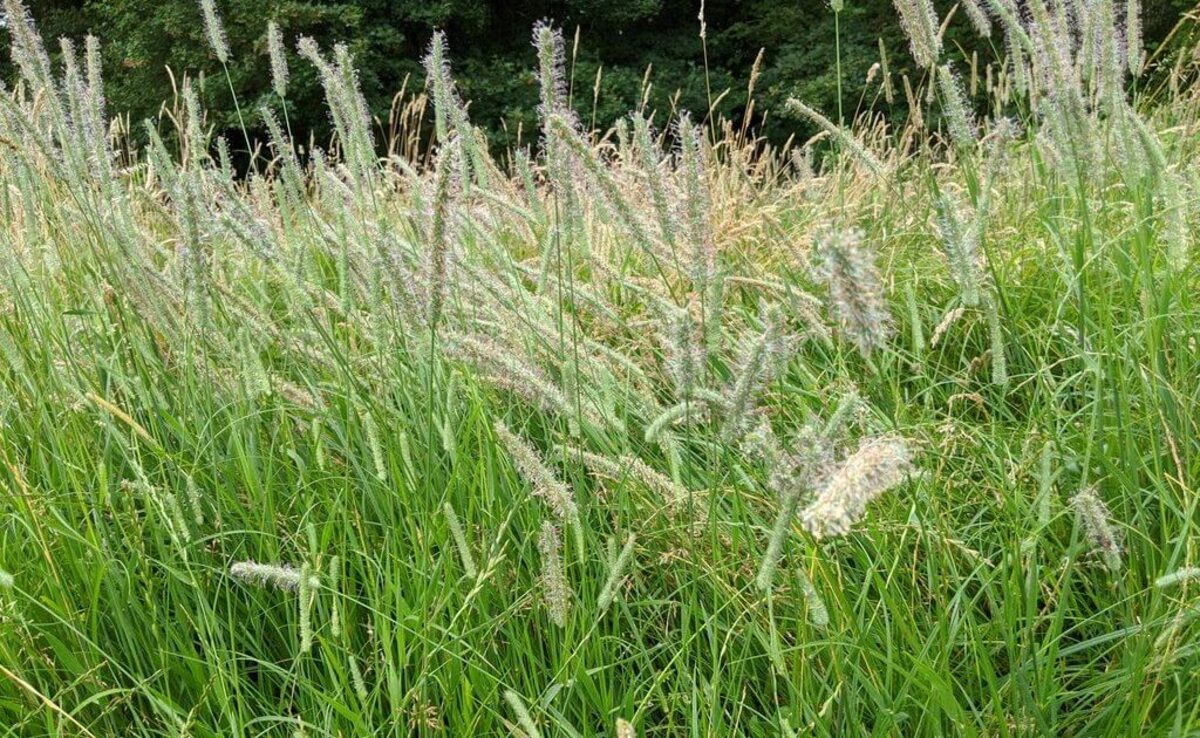
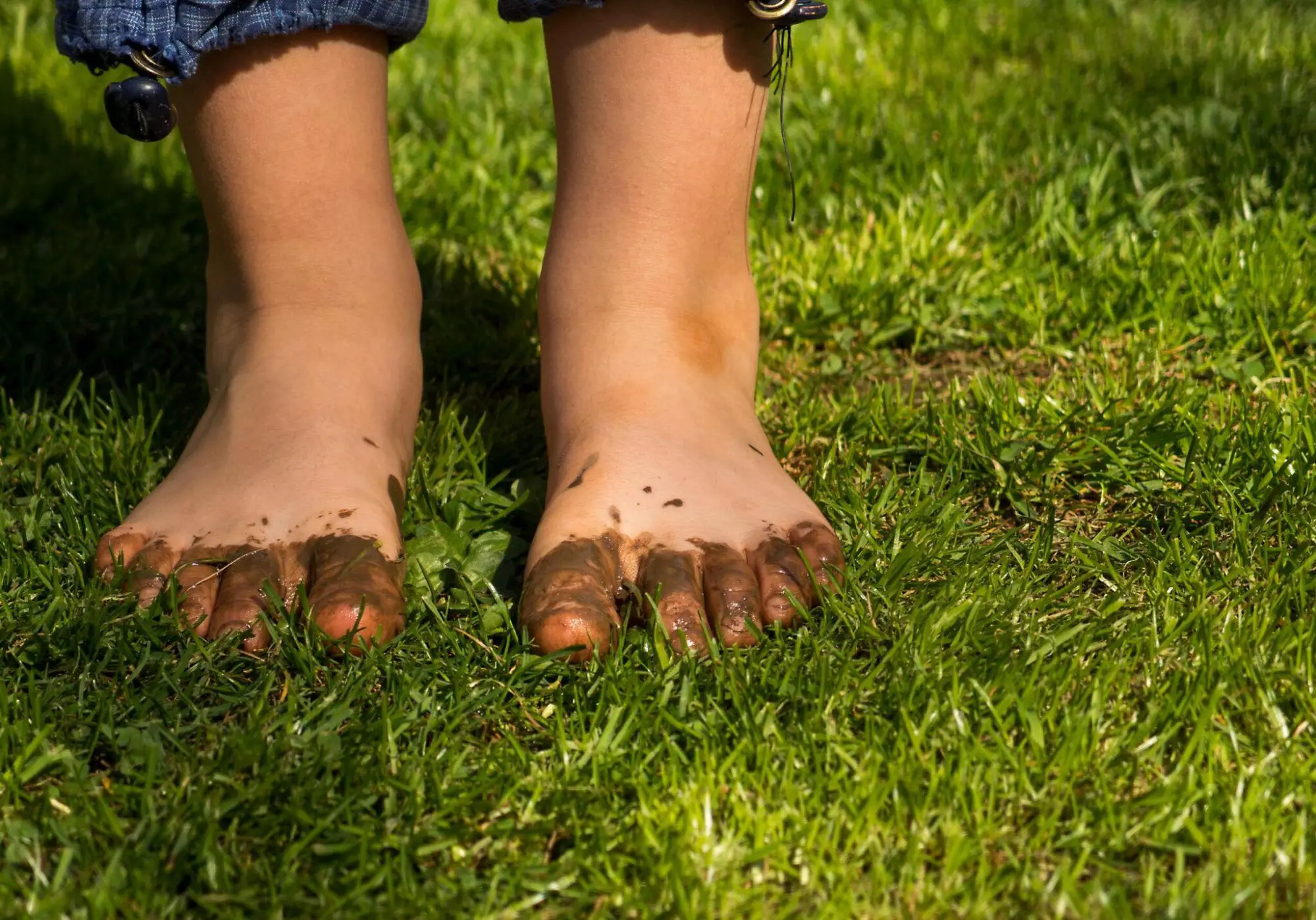
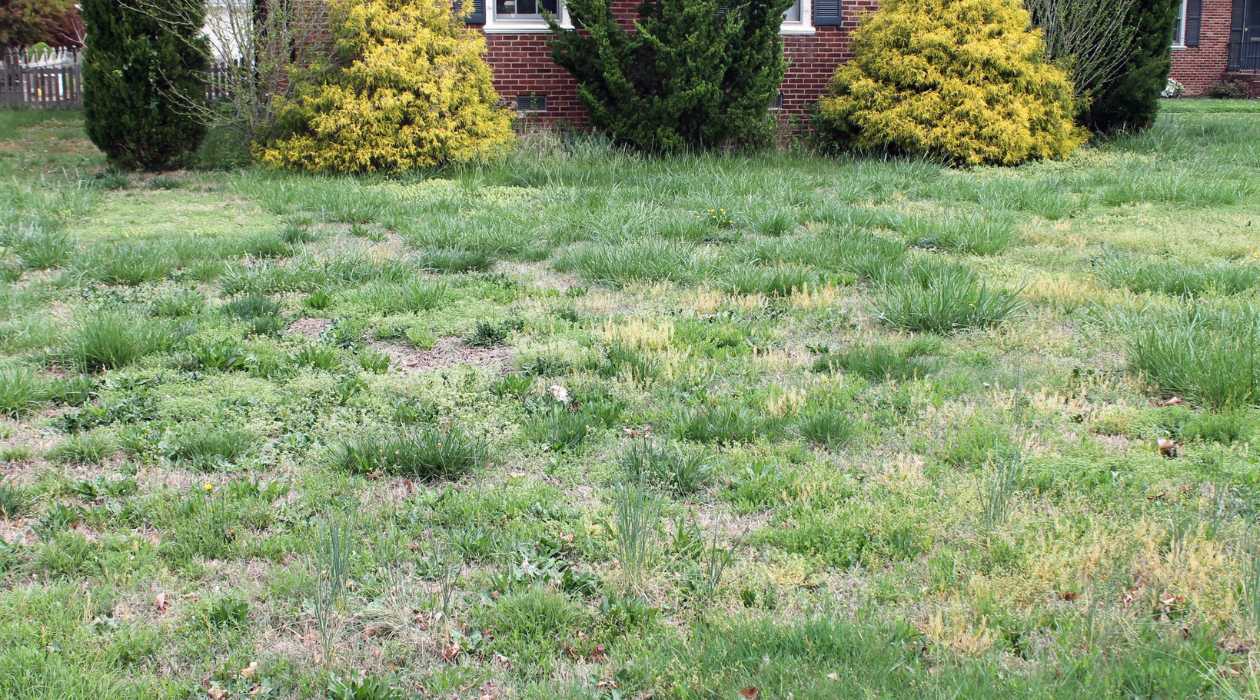

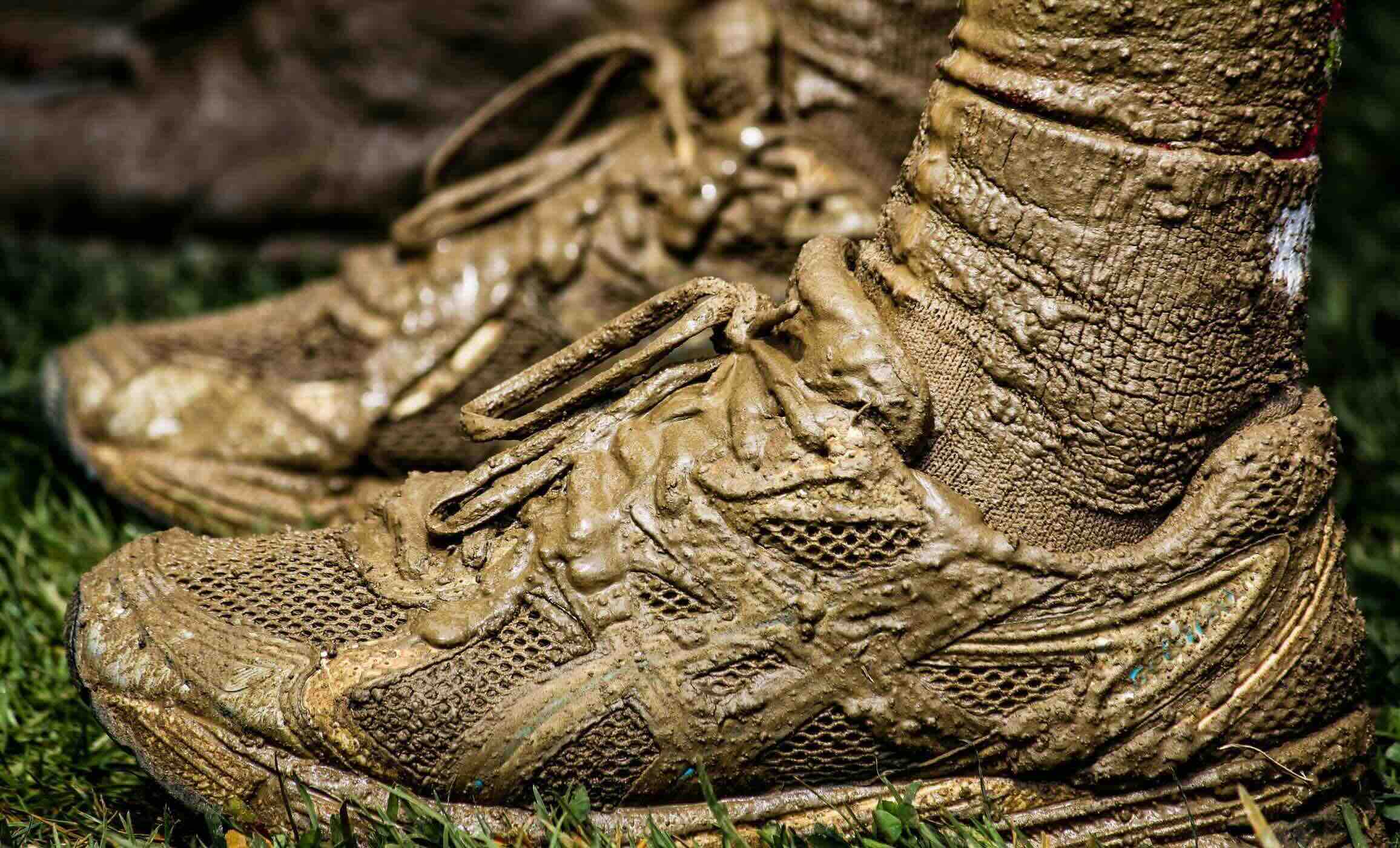
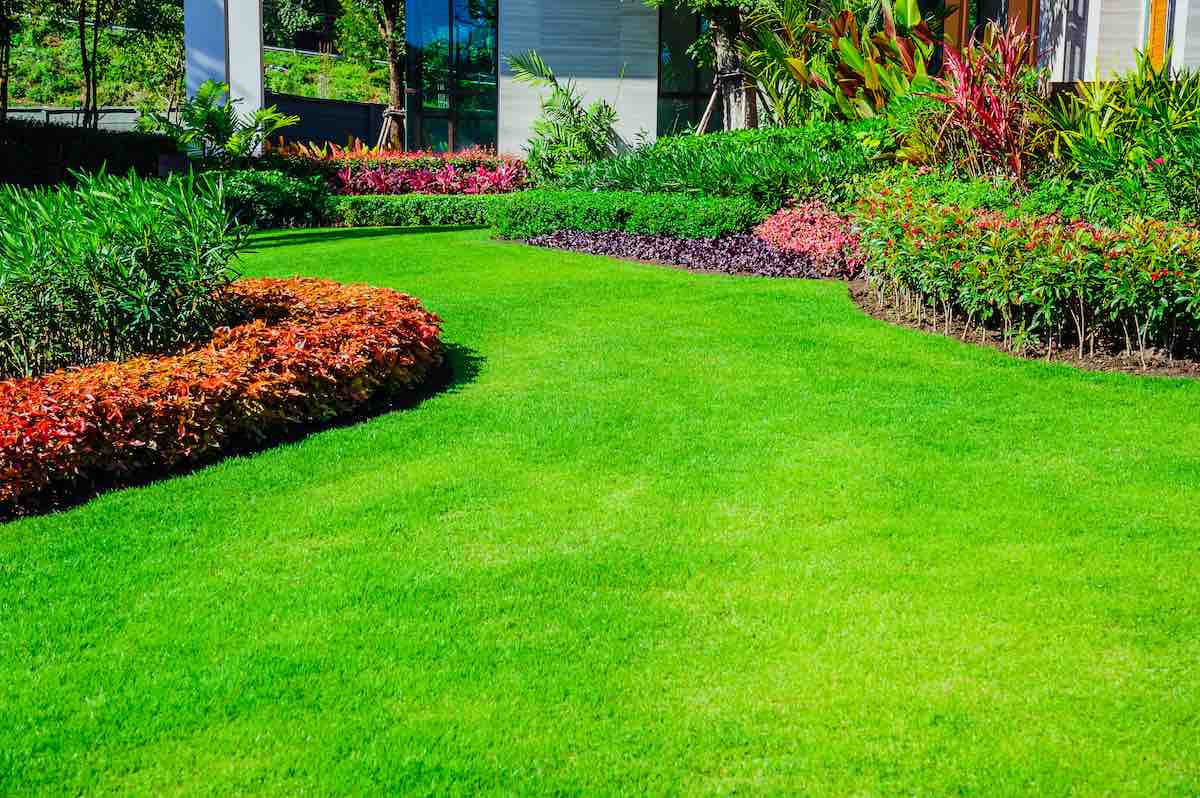
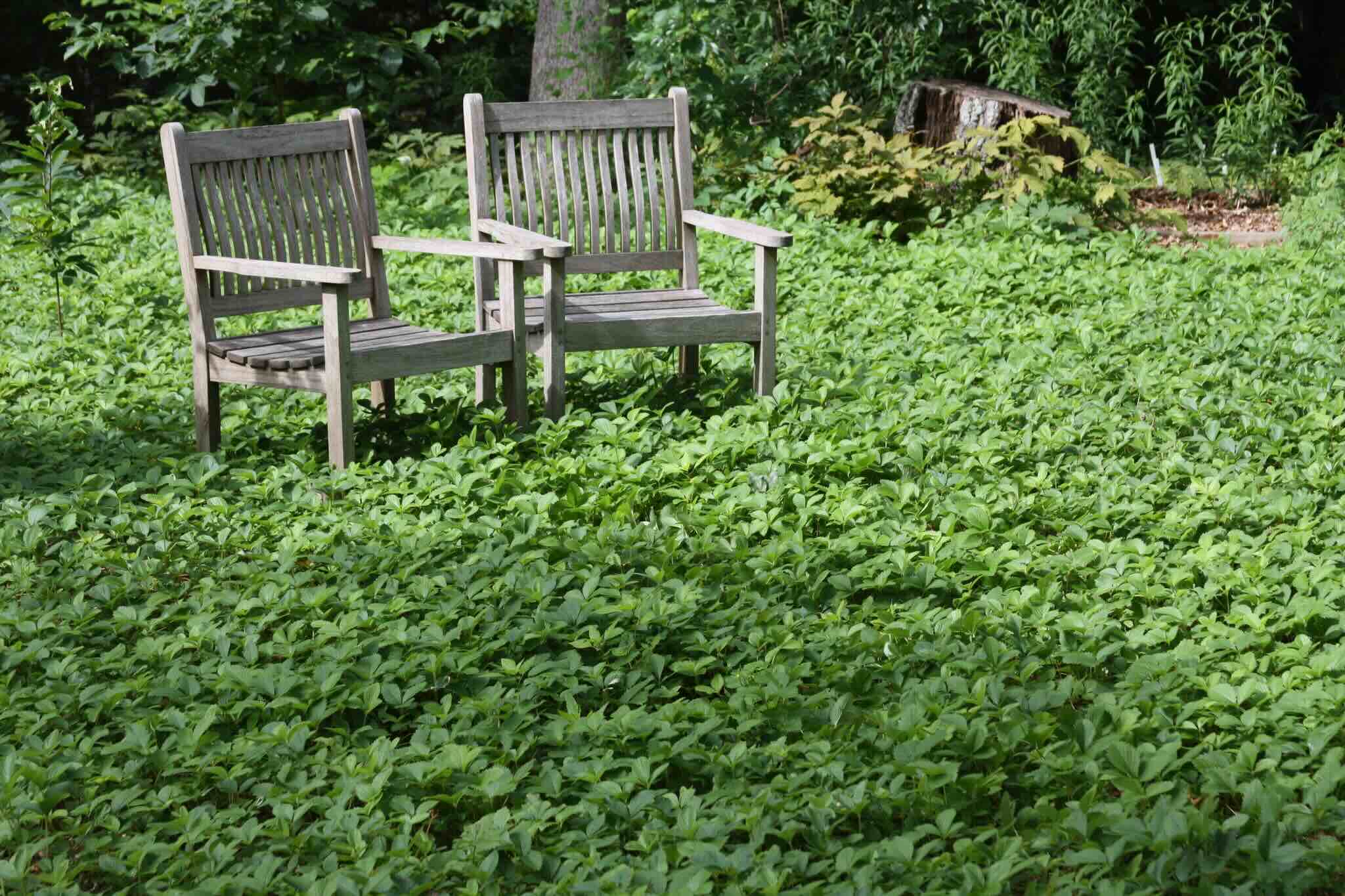
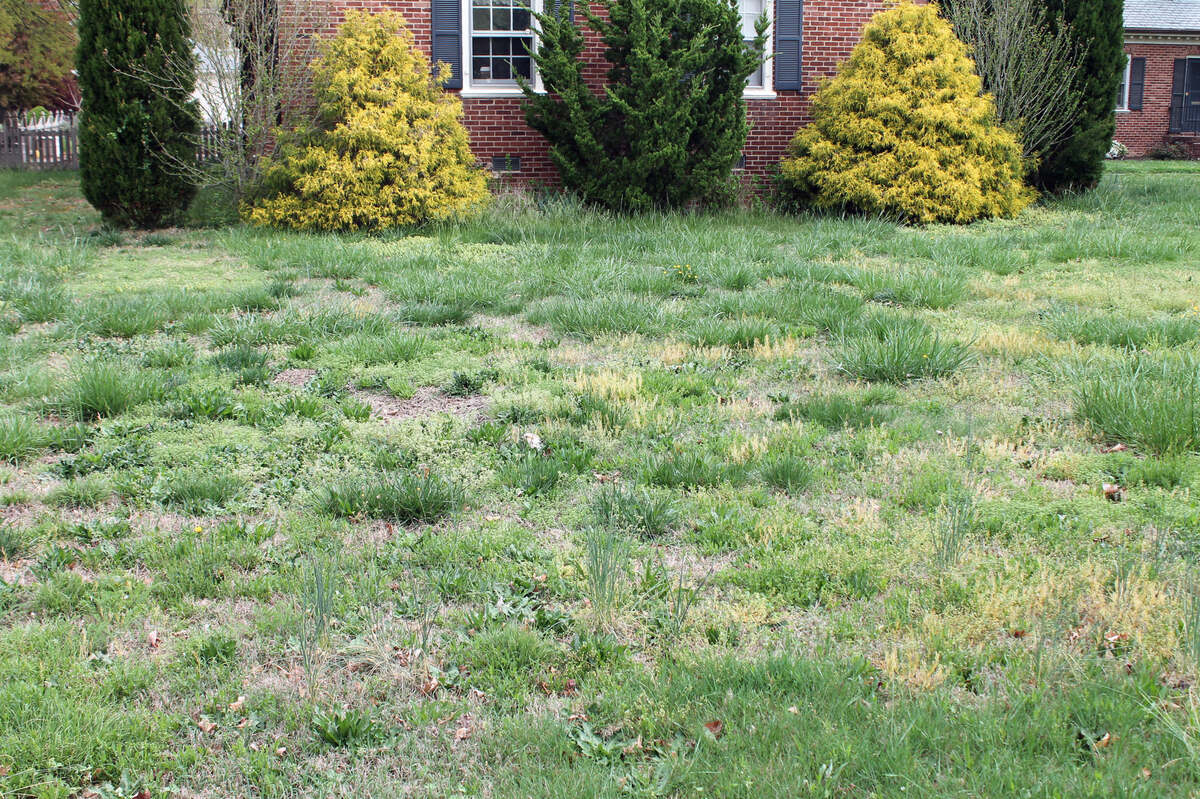
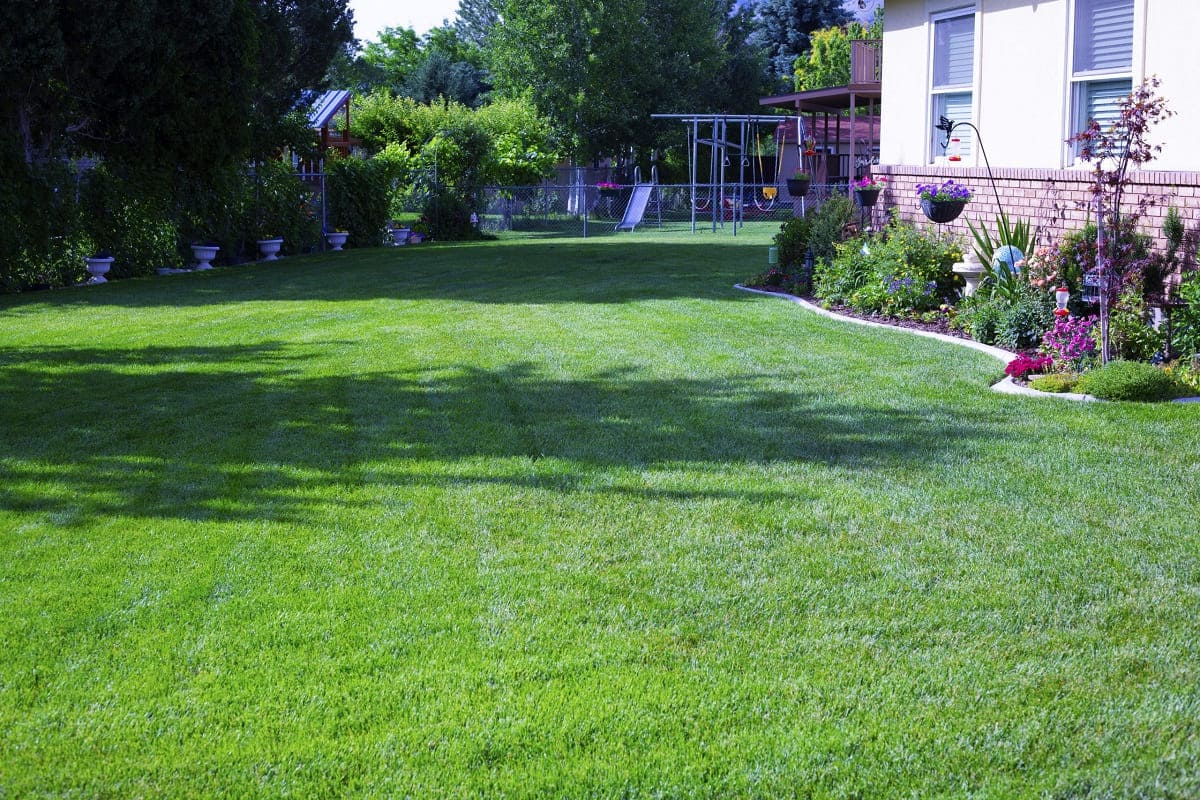
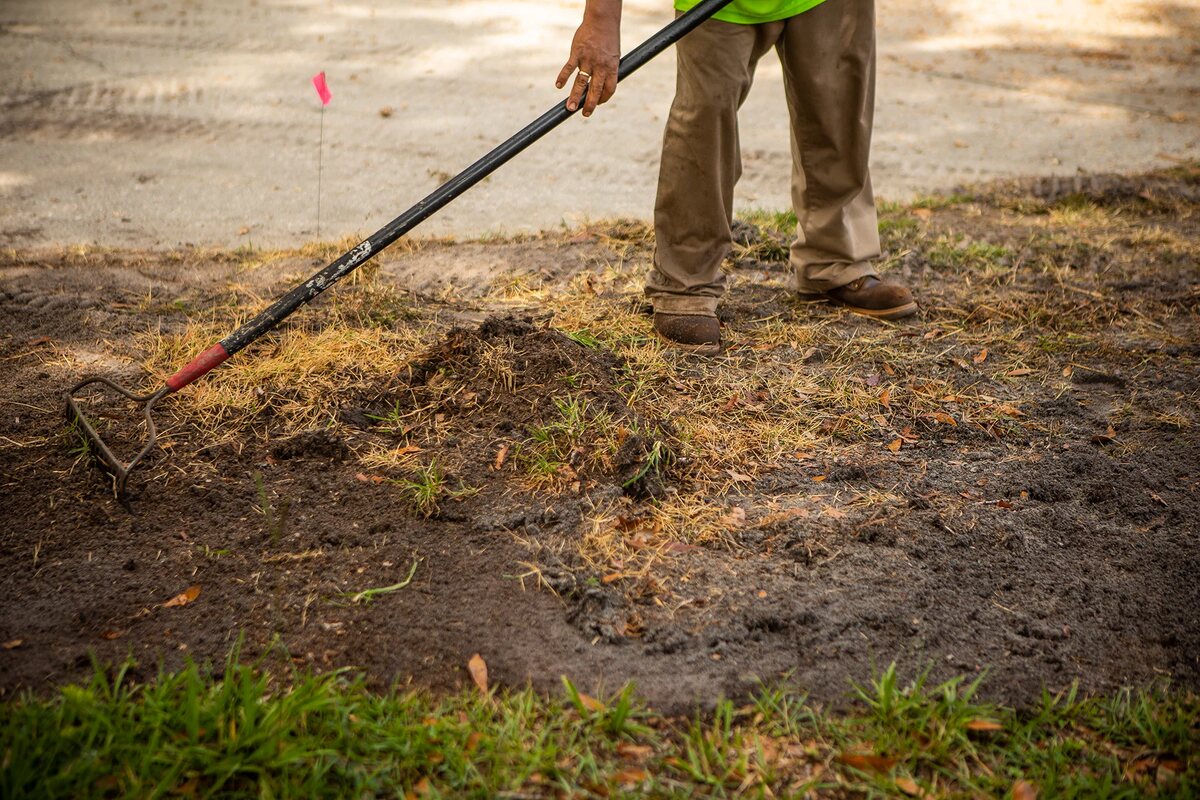

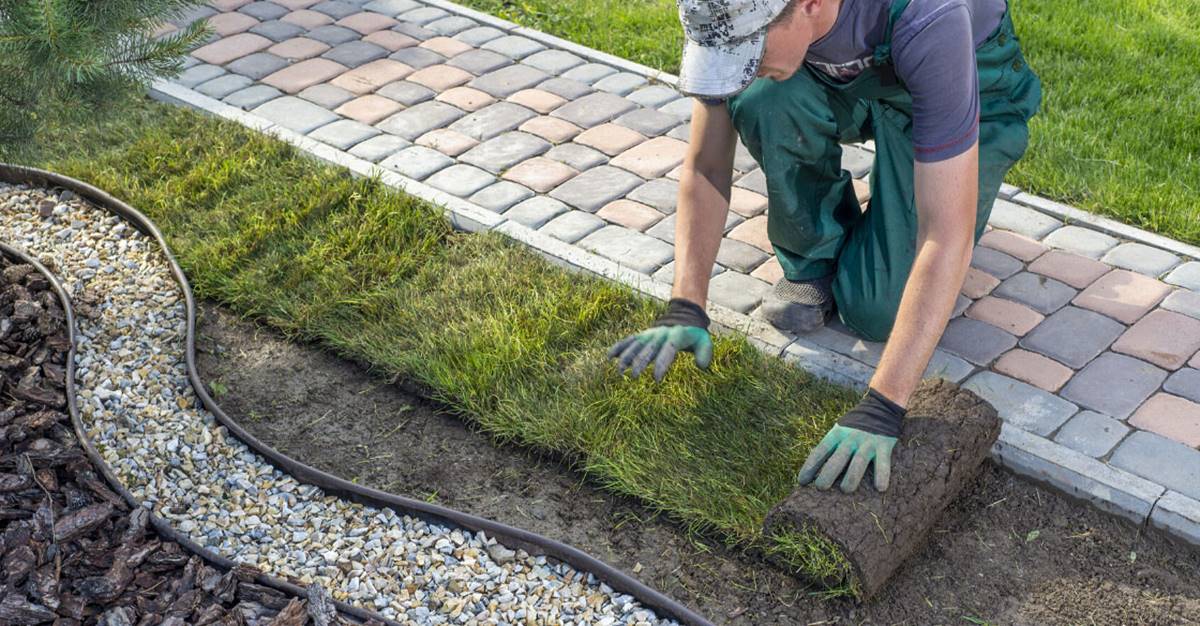

0 thoughts on “How To Re-Grass A Yard”